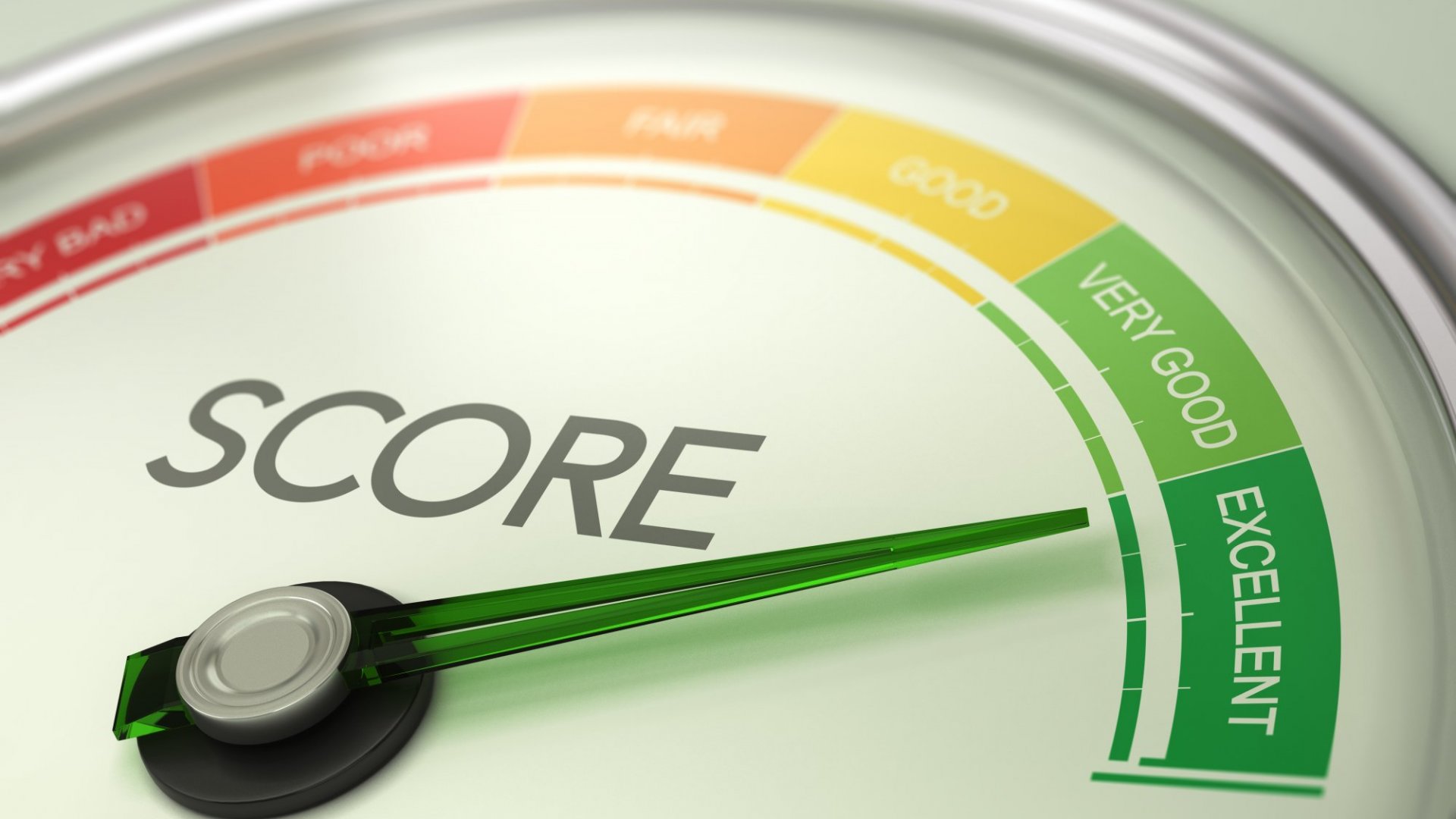
Large borrowers are seeing incipient stress, indicating that non-performing loans could surge in future.
The Reserve Bank of India (RBI) has found that large advances in the SMA-0 (special mention accounts) category registered a spike of 156% quarter-on-quarter in September 2020 and 246% over March 2020 levels, suggesting higher slippages in the ensuing quarters.
Among bank groups, SMA-2 ratios of large borrowers increased for private sector banks and foreign banks while declining for public sector banks.
The portfolio of non-performing assets (NPA) is also showing ageing trends in the quarter ended September. “The proportion of substandard and doubtful advances contracted while that of loss assets increased, reflecting ageing of the NPA portfolio,” RBI said in its biannual financial stability report.
To identify the incipient stress in the system before an account turns NPA (overdue for 90 days), banks have to make three classifications calling it special mention accounts so that the incipient stress in identified. SMA-0 is where the interest or the principal is not overdue for more than 30 days but showing signs of incipient stress. SMA-1 is where the principal and interest is overdue for 31 to 60 days and SMA-2 is where the principal and interest is overdue for 61 to 90 days. After 90 days the account is automatically converted into an NPA. To prevent this, RBI had suggested an early recognition system.
While credit concentration continues in the Indian banking system, large borrowers have started availing restructuring facilities extended for Covid-19 companies.
“The share of restructured standard advances increased, indicating that large borrowers have commenced availing restructuring benefits extended for Covid-19 stressed borrowers,” the RBI report said.
The share of large borrowers in the aggregate advances of banks and the gross non-performing assets (GNPAS) declined to 50.5% and 73.5% respectively for the quarter ended September 2020. Only foreign banks recorded marginal increase in the GNPA ratio of large borrowers.
The top 100 large borrowers accounted for 17% and 33.7 % of the scheduled commercial banks’ (SCB) gross advances and large borrower loans, respectively. “Although this represented a decline vis-à-vis March 2020, the share continued to remain above pre-Covid levels, indicating persisting credit concentration,” the report said.
With a few large corporate cases like Essar Steel, Bhushan Steel, Bhushan Power and Steel, Alok Industries and Binani Cement getting resolved under the Insolvency and Bankruptcy Code 2016, the share of the top 100 borrowers’ in SCBs’ GNPA pool declined to 8.8%.
